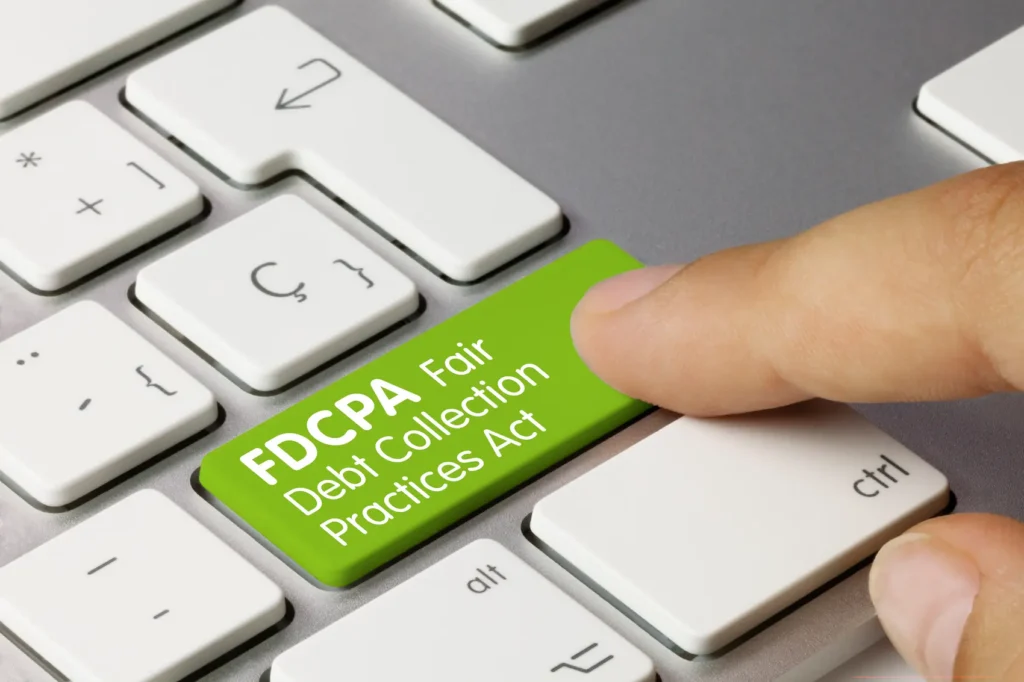A greater-than-ever percentage of Americans are going to college these days, but unfortunately for them, tuition has risen sharply as well and shows no sign of stabilizing. The rising costs of attending college are far outpacing inflation, according to the U.S. Department of Education, National Center for Education Statistics “The average cost of college tuition continues to rise at a rate of 4.5 % at private universities and 8.3 % at public colleges.”
Most students do not have enough money in reserves to pay the full cost of a college education, which on average can run $22,000/per for a 4 year university. So many students bridge the gap with federal or private education loans. In theory, low-interest student loans are a terrific concept because they can be paid off slowly once the student has graduated and is working full-time. The only problem is that the current economy isn’t supporting all the indebted graduates, and people are becomingly increasingly overwhelmed by their student loan debt. According to The Federal Reserve Bank of New York, nearly a third of all borrowers are at least 30 days behind on their student loan payments.
Experts say that student loan debt will soon top $1 trillion, not surprising, considering that student loans have now surpassed credit cards as a top source of debt for Americans. Among people under 30 years of age, 40% of them have student loans, with an average debt of $23,300. About 10% owe at least $53,000 and 3 percent owe more than $100,000. Some borrowers are given permission to postpone payments due to hardship, though according to Fed economists, they shouldn’t be counted as delinquent because they aren’t making payments. But when you consider that they make up 47 percent of all borrowers, it indicates just how crushing student loan debt can be.
Most student loans are set up for very low monthly payments over the course of 15 to 30 years, so if you pay the minimum, you can expect to still be paying them off toward the end of your career. According to Rebecca Jarvis, CBS News Business and Economics Correspondent, students should consolidate all of their student loans into one monthly payment. She explains that there are four options:
A. The Standard option, a minimum of $50 per month for 10 years.
B. The Extended option, a $50 per month minimum, but over 12 to 30 years.
C. The Graduated repayment, which is a minimum of $25 per month over 12 to 30 years.
D. Income-based repayment, which is $5 per month minimum for up to 25 years. This will cost you the most in interest.
If you’re drowning, contact your lenders as soon as possible and see if they will work out a better payment plan for you. If you are not able to resolve the problem with your lenders you may consider seeking legal advice.
Recognizing that an educated population is good for the economy, the Obama administration has made some improvements to the current system, as way to encourage people to become educated. The first step was beefing up funding to Pell Grants and the American Opportunity Tax Credit. President Obama also made it possible for borrowers to cap their student loan payments at 15% of their discretionary income until 2014, when the cap will be lowered to 10%. The next step was implementing, “Pay As You Earn”. Additionally, federal student loans will now be eligible for lower interest rates when they are consolidated. Finally, the new Know Before You Owe program allows students to compare the financial burden of each college they are interested in attending to prevent surprises after graduation.
If you are buried in student loan debt, please give my office, The Law Offices of Todd M. Friedman, a call at (877) 449-8898 and we can discuss options that are available to you.
















